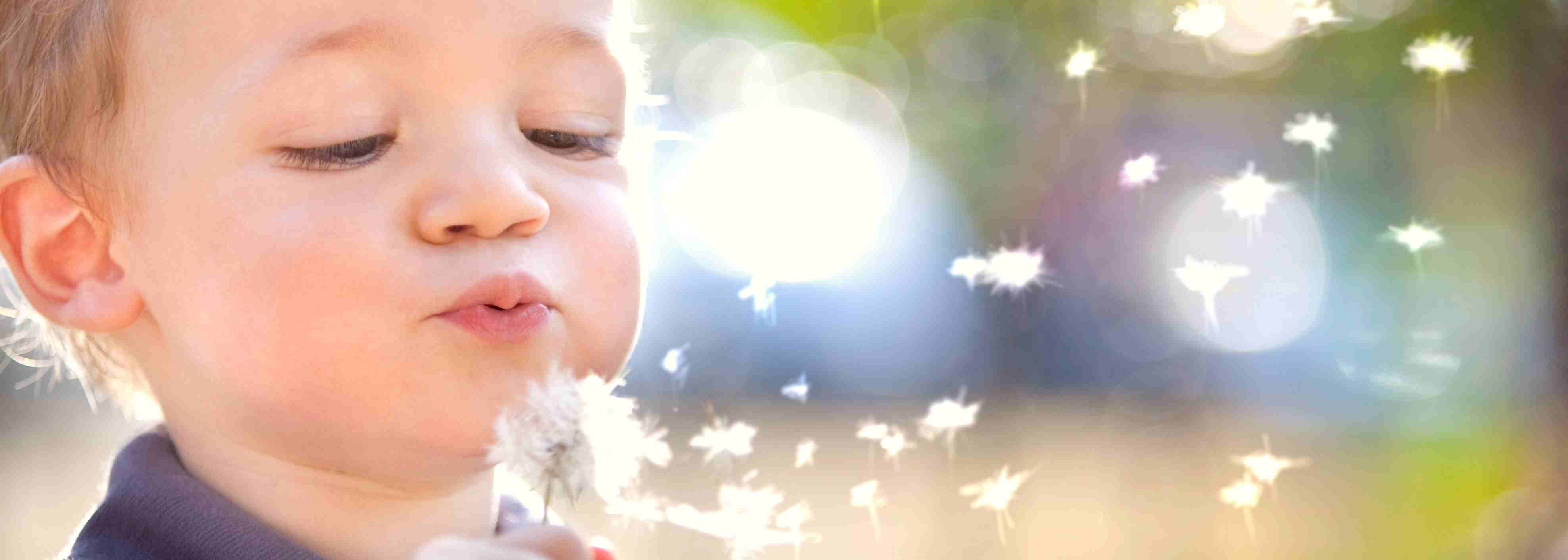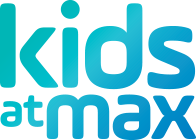
Stuttering is a disorder that affects the natural fluency of speech.
Stuttering severity can range from mild to severe and can vary from individual to individual. As most children present differently, they may have one or more types of stutters.
Some signs of stuttering are:
- Repeating words (e.g. “Mum-Mum-Mum…”).
- Repeating sounds (e.g. “C-c-c-can we go… “).
- Repeating syllables (e.g. “I li-li-like to run… “).
- Sounds prolongations (e.g. “I will sssssssssoon”).
- Blocking – a stoppage of speech as the child tries to get a sound or a word out.
Some children may also insert extra words into their conversational speech (such as “um” or “ah”), repeat whole phrases and display some physical changes such as eye blinking or a facial tic.
What is the cause of stuttering?
The cause of stuttering is currently unknown. There is a common misconception that stuttering is caused by anxiety; however, research tells us that this is incorrect. Stuttering is thought to be caused by a problem with the neural processing in the areas of the brain that are responsible for the production of speech. It is also accepted that genetics plays a role in the disorder; with stuttering tending to run in families.
When does stuttering begin?
Stuttering typically begins before a child turns 6, with most children developing a stutter around the age of 3 years. Many children develop a stutter when they have had a spurt in their expressive language development and begin combining words together into small sentences. The onset of a child’s stutter can be gradual, intensifying over a few months or it may come on very suddenly. It is also common for the intensity of a child’s stutter to vary in the initial few months.
Although some children will recover naturally from a stutter, it is important to commence therapy prior to your child starting school. If you suspect that your child may have a stutter, please contact Kids At Max on (03) 9702 4447 for an assessment by one of our Speech Pathology team.
Written by Kids At Max – Speech Pathologist
